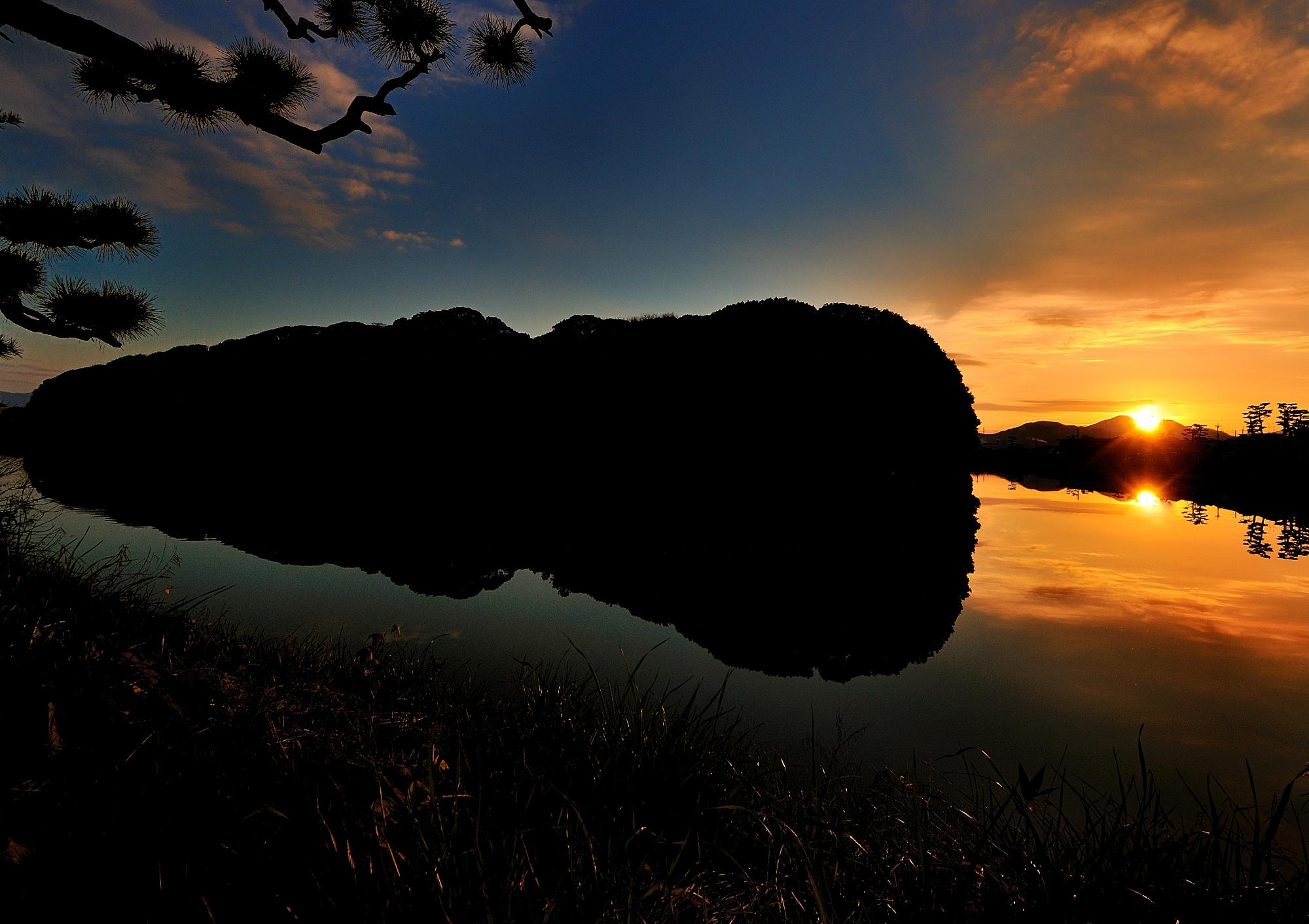What is a kofun?
更新日:2020年10月08日
Kofun are large, tiered burial mounds built between the third and seventh centuries. The mounds were formed by piling up earth, creating a moat in the process. The sloping sides of the mounds were often covered with fist-sized stones, and the flat tiers were decorated with large terracotta figures called haniwa. Kofun were made in a variety of shapes: square, rectangular, circular, scalloped, or keyhole-shaped. The largest kofun are all keyhole-shaped mounds, the largest of which covers an area of about 32.3 hectares.
The mounds’ size indicates that the tombs themselves were status symbols. Archaeological examinations of some of the mounds in Japan have revealed many artifacts from outside Japan, not only China and Korea, but also items made in the Persian and Roman empires. Discoveries from the many kofun that dot the southern Osaka Plain show evidence of Japanese cultural and technological exchange with the rest of Asia and provide important insights about life in ancient Japan. The kofun are evidence that, even without writing, the ancient inhabitants of the Japanese archipelago had a highly sophisticated culture.
The kofun in Fujiidera date from the fourth to the sixth century. In 2019, 26 kofun from Furuichi and 23 from Sakai were designated a UNESCO World Heritage Site as the Mozu-Furuichi Kofun Group.

Chuai-tenno-ryo Kofun
- お問い合わせ
-
教育委員会事務局教育部 文化財保護課
〒583-8583
大阪府藤井寺市藤井寺3丁目1番20号アイセルシュラホール2階
電話番号:072-939-1111 (代表)
072-939-1419 (文化財担当、世界遺産担当)
ファックス番号:072-952-7806


